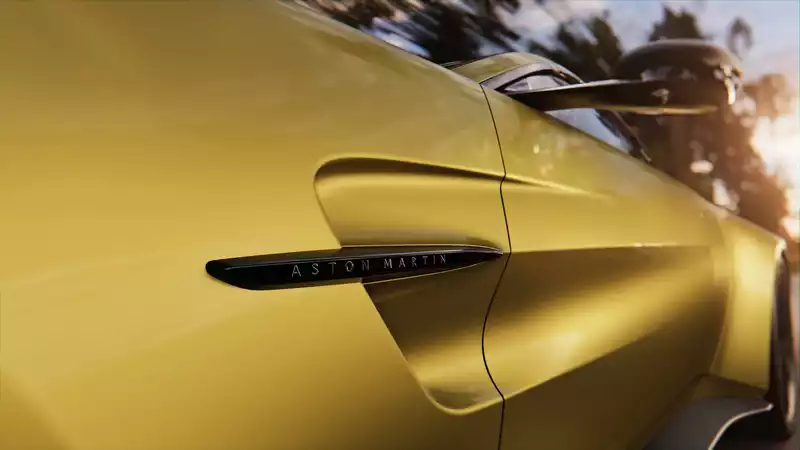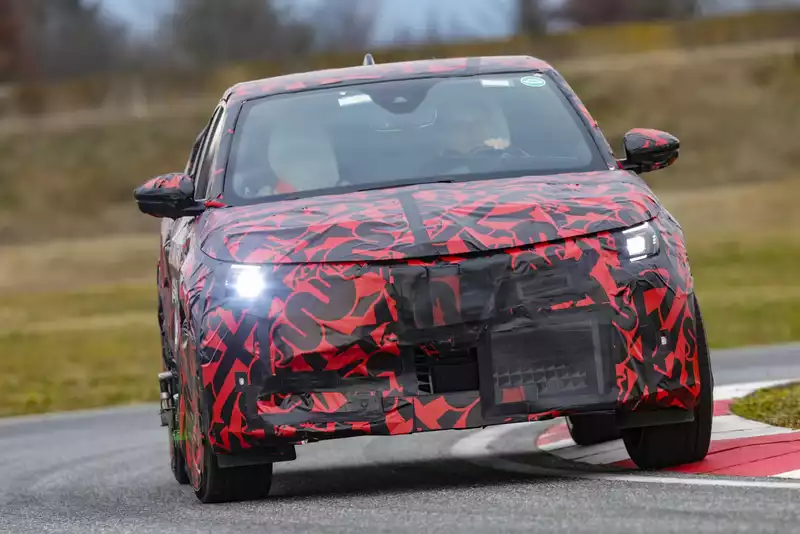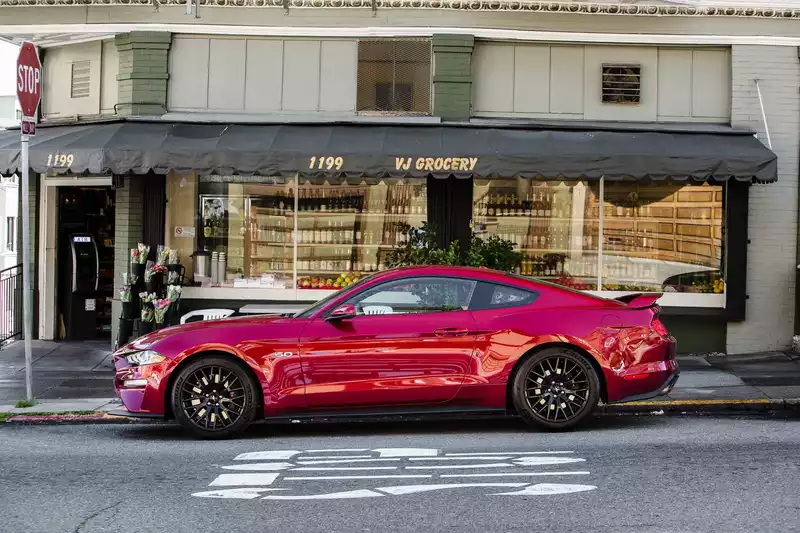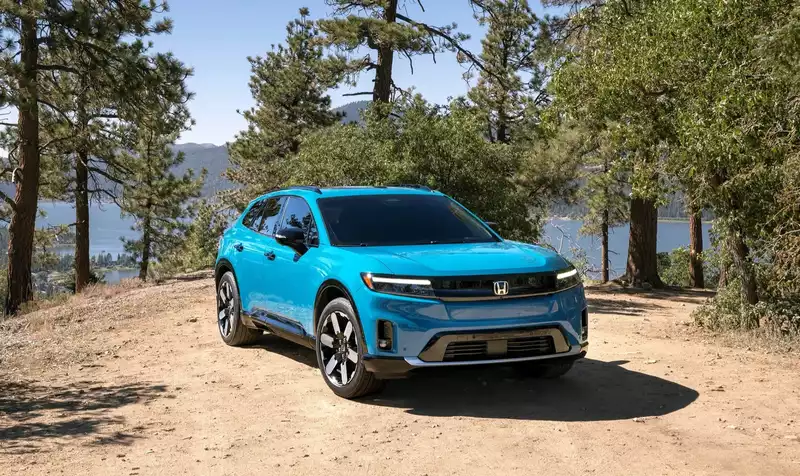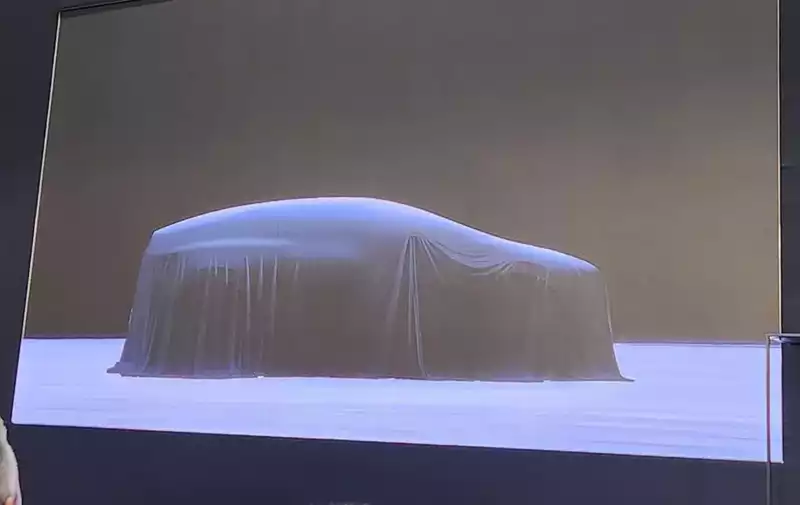The Bugatti Veyron began as a sketch of an 18-cylinder car on an envelope.
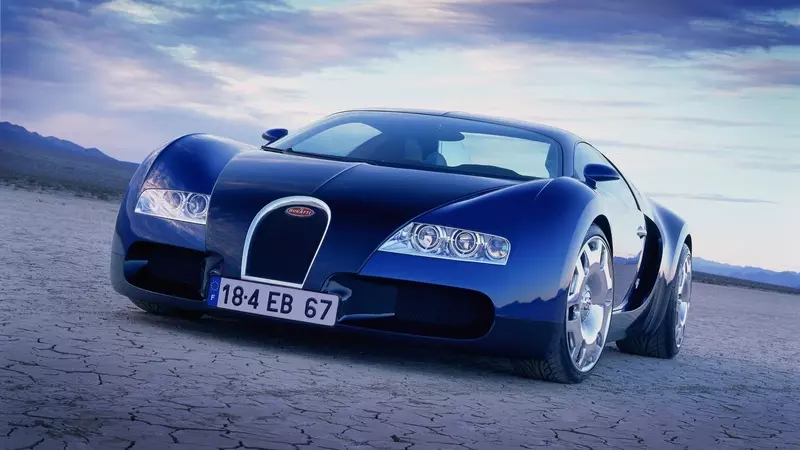
A sketch on a cocktail napkin is a hackneyed cliché of creativity, but that's how the Bugatti Veyron was born. The Veyron began as an impromptu sketch, but on the back of an envelope rather than on a napkin.
In 1997, Volkswagen Group CEO Ferdinand Piech had some free time on a bullet train traveling from Tokyo to Nagoya. While admiring the Japanese scenery, he sketched a sketch of an 18-cylinder engine. The naturally aspirated engine was a trio of Volkswagen VR6 blocks offset by 60 degrees. It had a displacement of 6.25 liters and was rated at 547 hp.
A completely different four-turbo W-16 was used on the production Veyron, but it was this engine design that became the genesis of the car.
Piech, who later resigned shortly before the VW diesel emissions scandal, wanted to put an 18-cylinder engine into production. However, for this he needed a suitable automobile. Piech considered Rolls-Royce and Bentley, but at the time VW was in a management battle with BMW (VW eventually won Bentley and BMW won Rolls). Piech's son Gregor then asked for a Bugatti Type 57 Atlantic model.
The original Bugatti brand disappeared in the mid-20th century, but was briefly revived between 1987 and 1995 for the EB 110 supercar. Inspired by his son's model of the car, Piech arranged for Bugatti to be acquired by VW and began design work on the model that would later become the Veyron.
At the 1998 Paris International Motor Show, Bugatti unveiled its first modern concept car, the EB 118. It was powered by a 6.25-liter 18-cylinder engine from Piech; following the EB 118, the four-door EB 218 debuted at the Geneva International Motor Show the following spring.
These two concepts were followed in late 1999 by the EB 18/3 Chrion and EB 18/4 Veyron concepts. These concepts featured a mid-engine layout similar to that of the production Veyron.
Finally, in 2000, the EB 16/4 concept debuted with a W-16 engine that would be used in future production models. Engineers decided to use it instead of the original 18-cylinder engine for reasons of a more compact layout and weight reduction.
The Veyron went into production in 2005 with a maximum power output of 987 hp and a top speed of 253.81 mph, making it the fastest car in the world at the time. Bugatti then increased power with the 1,184 hp Veyron Super Sport, and again set the record for top speed among production cars at 267 mph.
Production of the Veyron ended in 2015, and the Chiron continued Bugatti's record-breaking streak; in 2019, the Chiron became the first production car to exceed 300 mph.

